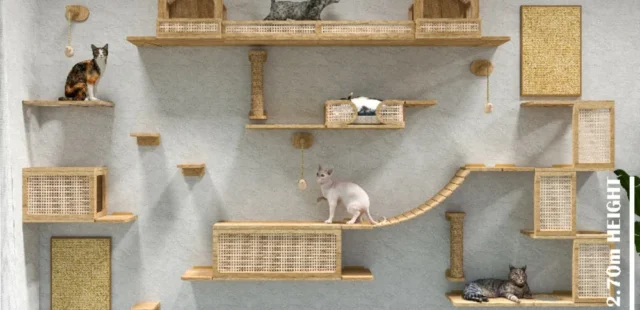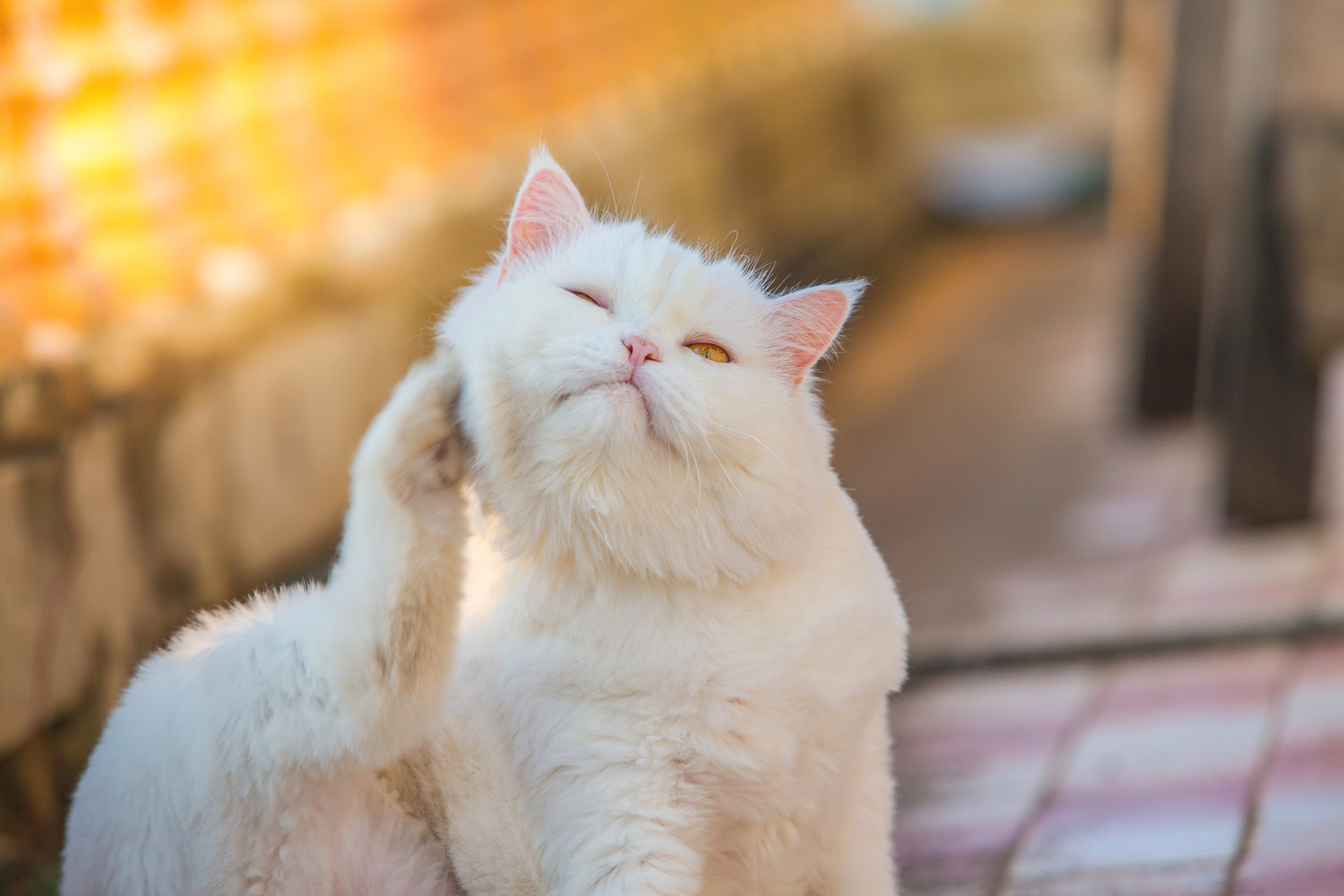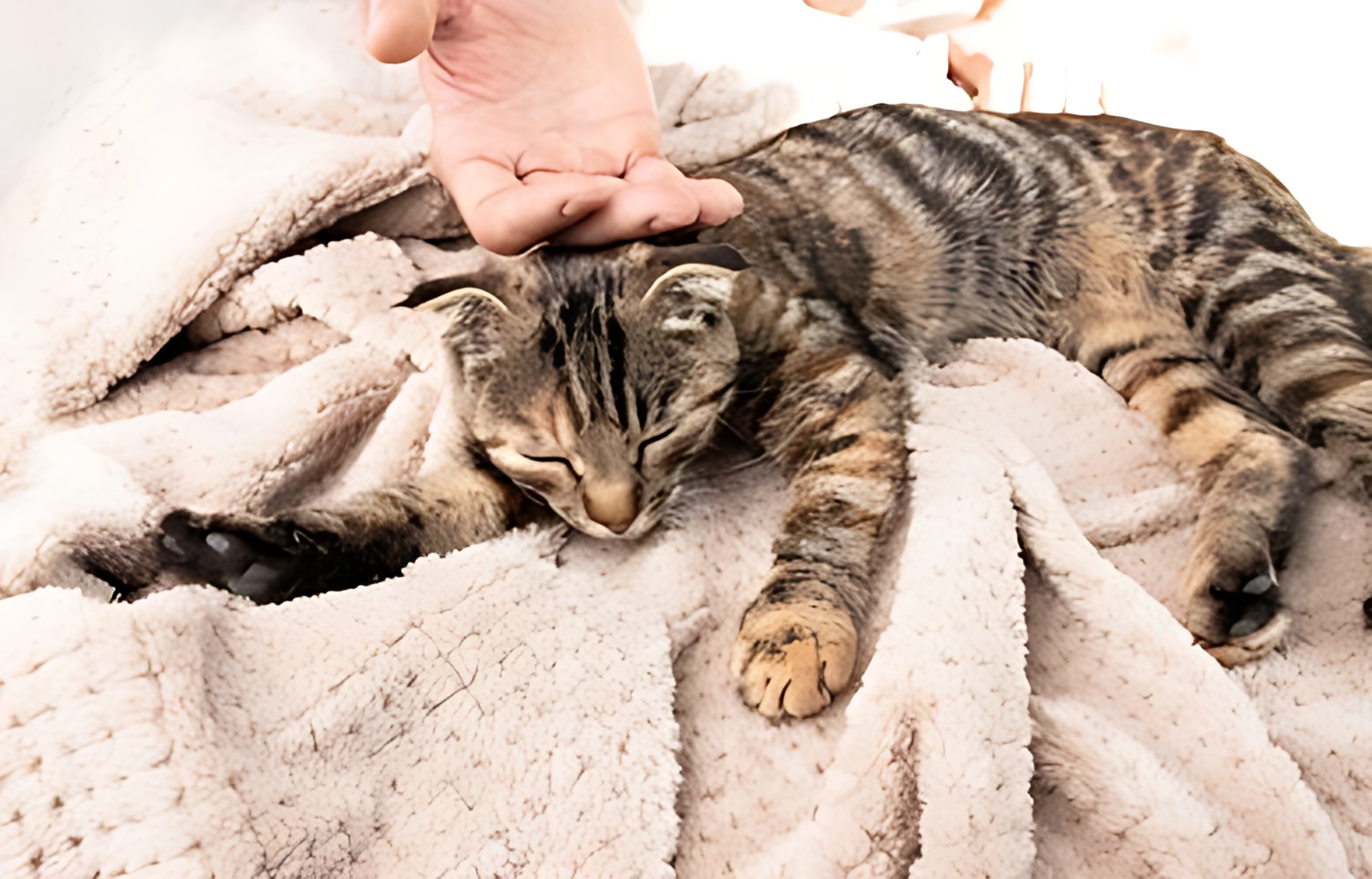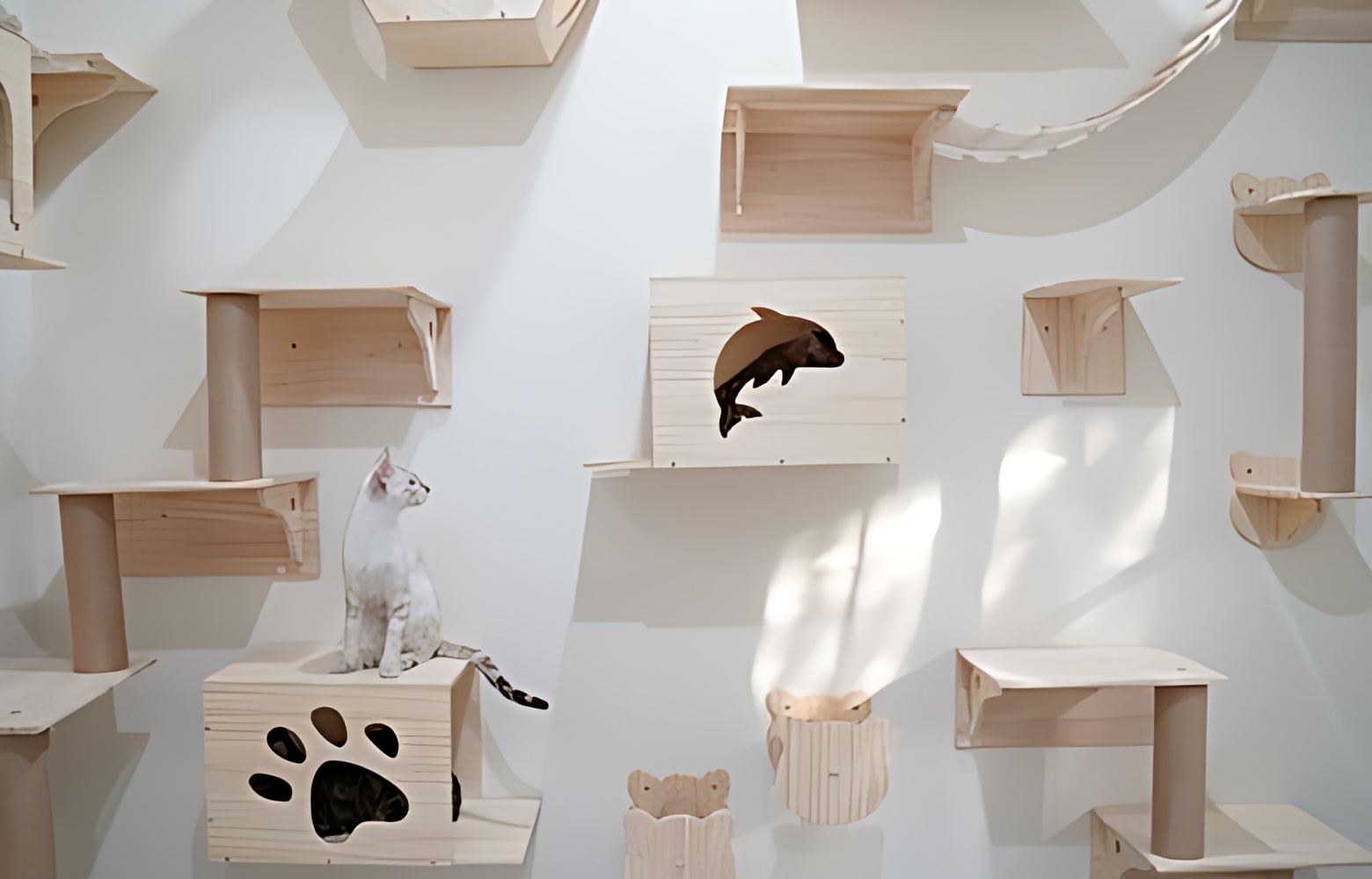Cats are known for their luxurious fur and graceful demeanor, but beneath that soft exterior, they can sometimes suffer from various skin problems that can be quite uncomfortable and distressing. As a responsible cat owner, it’s crucial to be aware of these issues, understand their causes, and know how to address them. In this comprehensive guide, pet barn ‘ll explore common feline skin problems, including allergies, parasites, and dermatitis.
Understanding Feline Skin
Before diving into specific skin problems, let’s take a moment to understand the basics of feline skin. A cat’s skin is not only its largest organ but also a vital one. It serves several crucial functions, including protection from external elements, temperature regulation, and sensory perception.
Feline skin is quite thin compared to human skin, making it more susceptible to various issues. Additionally, a cat’s skin is covered in tiny, sensitive hair follicles, which can make them prone to irritation and inflammation when problems arise.
Common Feline Skin Problems
1. Allergies
Allergies in cats can manifest in various ways, including skin problems. Just like humans, cats can be allergic to a wide range of substances, including:
a. Food Allergies
Some cats may develop allergies to specific ingredients in their food. Common food allergens for cats include beef, dairy products, and grains. Symptoms of food allergies can include itching, redness, and skin inflammation.
b. Environmental Allergies
Cats can also be allergic to environmental factors such as pollen, dust mites, and mold. When exposed to these allergens, cats may develop skin issues like itching and dermatitis. These allergies are often seasonal and can worsen during specific times of the year.
c. Flea Allergy Dermatitis (FAD)
Flea allergy dermatitis is a common skin problem in cats. Even a single flea bite can trigger an allergic reaction, leading to severe itching and skin inflammation. Cats with FAD are often seen scratching excessively and may develop hair loss and open sores.
2. Parasites
Parasites are another common cause of feline skin problems. Two main types of parasites can affect a cat’s skin:
a. Fleas
Fleas are tiny, blood-sucking insects that can infest a cat’s fur. When fleas bite, they can cause itching and discomfort. Some cats may even develop an allergy to flea saliva, leading to FAD, as mentioned earlier.
b. Mites
Ear mites and demodex mites are two types of mites that can affect a cat’s skin. Ear mites primarily infest the ears and can cause intense itching and inflammation. Demodex mites, on the other hand, live in hair follicles and can lead to a condition called demodectic mange, characterized by hair loss and scaly skin.
3. Dermatitis
Dermatitis is a general term used to describe inflammation of the skin. It can have various causes, including allergies, irritants, and infections. Common types of dermatitis in cats include:
a. Contact Dermatitis
This type of dermatitis occurs when a cat’s skin comes into contact with an irritant or allergen. It can result from exposure to chemicals, plants, or certain grooming products. Symptoms may include redness, itching, and skin rash.
b. Atopic Dermatitis
Atopic dermatitis is a chronic skin condition often linked to allergies. Cats with atopic dermatitis may have recurrent itching, inflamed skin, and may develop secondary bacterial infections due to constant scratching.
c. Bacterial or Fungal Dermatitis
Infections caused by bacteria or fungi can also lead to dermatitis in cats. These infections can occur if a cat has an open wound or a compromised immune system. Symptoms may include redness, swelling, and the presence of pus.
Diagnosing Feline Skin Problems
If you notice any signs of skin problems in your cat, it’s essential to seek veterinary care promptly. A veterinarian will conduct a thorough examination and may perform additional tests to diagnose the underlying cause. These tests may include skin scrapings, blood tests, and allergy testing.
Treating Feline Skin Problems
The treatment of feline skin problems depends on the specific issue and its underlying cause. Here are some common treatment approaches:
1. Allergy Management
For cats with allergies, identifying and avoiding the allergen is key. This may involve changing the cat’s diet to eliminate allergenic ingredients or making environmental changes to reduce exposure to allergens. Your veterinarian may also recommend antihistamines or steroids to manage symptoms.
2. Parasite Control
Controlling fleas and mites is crucial in managing skin problems related to parasites. Your veterinarian can recommend appropriate flea and tick preventatives, as well as treatments for mite infestations.
3. Dermatitis Treatment
Treatment for dermatitis may involve topical or oral medications to reduce inflammation and control infections. In cases of contact dermatitis, identifying and removing the irritant is essential for healing.
4. Symptomatic Relief
In some cases, cats may require symptomatic relief to alleviate itching and discomfort. Your veterinarian may prescribe medications or recommend topical treatments to soothe the skin.
Preventing Feline Skin Problems
While not all skin problems can be prevented, there are steps you can take to reduce the risk:
1. Regular Grooming
Regular grooming helps keep your cat’s coat clean and reduces the risk of skin problems. Brushing your cat helps remove loose fur and prevents matting.
2. Flea Prevention
Use vet-recommended flea preventatives to keep fleas at bay. Regularly check your cat for signs of fleas and treat them promptly if detected.
3. Allergen Management
If your cat has known allergies, work with your veterinarian to identify and manage allergens in their environment or diet.
4. Provide a Balanced Diet
A balanced and nutritious diet supports your cat’s overall health, including their skin and coat. Consult with your veterinarian to choose the right food for your cat’s specific needs.
Feline skin problems can be a source of discomfort for your beloved pet, but with proper care, they can be managed and even prevented. As a responsible cat owner, stay vigilant for signs of skin issues, seek veterinary care when needed, and follow your veterinarian’s guidance for treatment and prevention. By doing so, you can help ensure that your feline friend enjoys healthy, itch-free skin and a happy, comfortable life.















